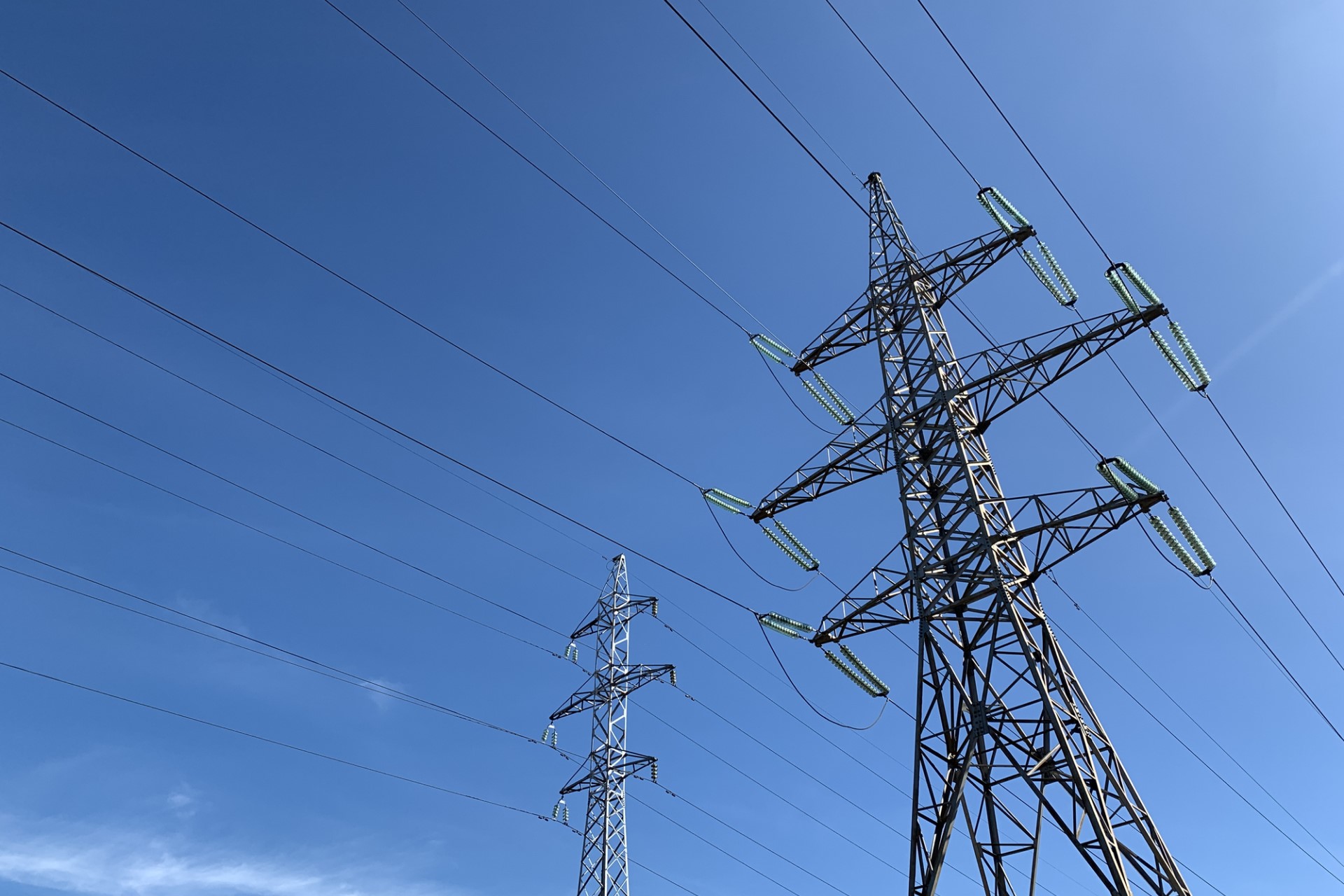European Electricity Synchronous Area Split
Share on LinkedIn31 Jan 2021
The electricity transmission grids of Continental European countries are connected to operate synchronously at a stable frequency of 50 Hz. The Continental Europe synchronous area is one the largest interconnected electricity systems, serving over 500 million customers across 35 countries.
The electricity transmission grids of Continental European countries are connected to operate synchronously at a stable frequency of 50 Hz. The Continental Europe synchronous area is one the largest interconnected electricity systems, serving over 500 million customers across 35 countries.
On 8 January 2021, the Continental Europe synchronous area was separated into two areas due to sudden outages of several transmission network elements possibly located in Romania. The system separation resulted in a deficit of power (-6.3 GW) in the North West Area and a surplus of power (+6.3 GW) in the South East Area, resulting in significant frequency changes in both areas.
Around 2:05 pm CET, the frequency in the North West Area of Europe decreased to 49.75 Hz for 15 seconds and then reached a steady 49.84 Hz level. Meanwhile, the frequency in the South East Area instantly increased to 50.6 Hz and settled at a steady frequency between 50.2 and 50.3 Hz.

Fortunately, transmission system operations intervened immediately and coordinated actions to rebalance the frequency to the 50 Hz level across the European Synchronous Area. Both areas activated countermeasures. In the North West Area, a total of 1.7 GW contracted interruptible services in France and Italy were disconnected, mainly from large industrial and commercial consumers. Additionally, the system activated 420 MW supportive power from the Nordic and 60 MW of supportive power from the UK. On the contrary, in the South East Area, the system reduced generation output to ensure the frequency return to and remain within the control limits (49.8 and 50.2 Hz).
This was not the first time that Continental Europe experienced a system split. The 4 November 2006 event caused severe disturbance and impacts on customers and subsequently led to substantial system developments, including enabling Transmission System Operators to exchange operational information in real-time and react immediately in case of unusual system conditions.
After the most recent incident, questions were addressed to the European Council to start preparing a plan to avoid similar incidents in the future. This incident reminds consumers of the interconnected grid system's fragility and a real possibility of a Europe-wide blackout, which must be prevented. It is imperative to identify viable solutions for a similar type of issues that might have continental-wide impacts, especially in light of the growing share of non-programmable electricity sources, such as PV and wind.
More: Research Notes
